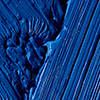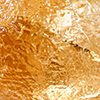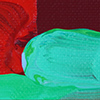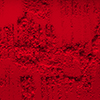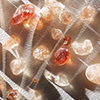Realgar pigment
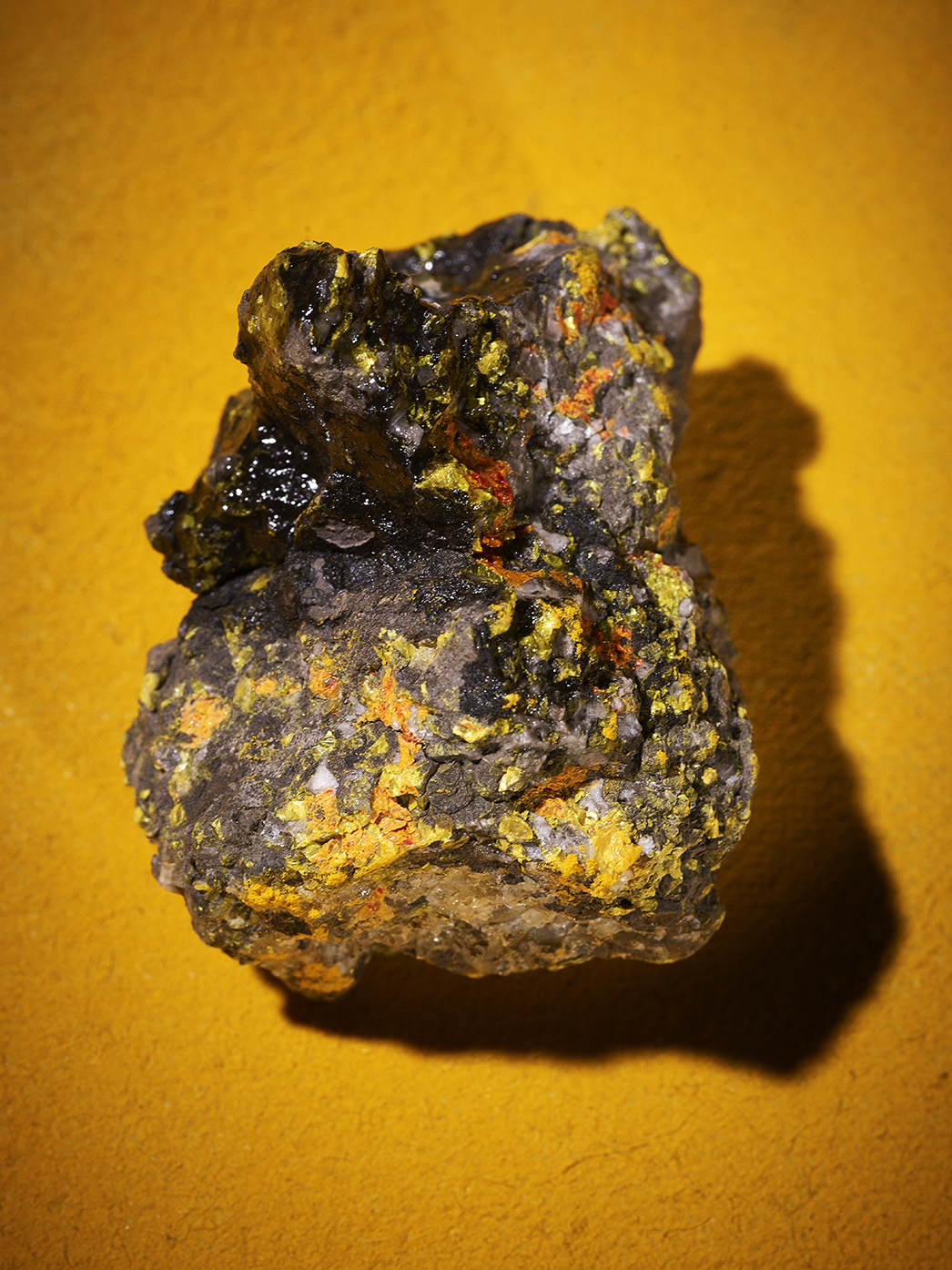
THIS PIGMENT IS AS DEADLY AS IT IS BEAUTIFUL.
Known as the ‘ruby of arsenic’, realgar is extremely toxic. The red crystals of the mineral yield a rich orange pigment, but it is made of arsenic disulphide. Realgar is found in the same deposits as the yellow, arsenic-containing mineral orpiment. It mostly occurs in geothermal fissures near hot springs, and the word ‘realgar’ comes from rahj-al-ghar (Arabic for ‘powder of the mine’).
In limited use in Ancient Egypt, artists from Mesopotamia through to India and the Far East favoured realgar. Alongside orpiment, it was a significant item of the pigment trade in Ancient Rome. The Romans called it sandarach and used it as an orange-red pigment for painting. In China it was called ‘masculine yellow’, as opposed to the ‘feminine yellow’ of orpiment.
Although realgar’s orange hue was beguiling, it had more sinister uses. Throughout the Middle Ages it was employed as a rat poison and in China it was sprinkled around houses to repel snakes and insects.
It was used minimally in European painting, probably because another orange pigment, red lead, was easier to work with. Additionally, realgar is also not particularly stable. When it is exposed to strong light, it turns into the yellow mineral pararealgar. Like orpiment, realgar reacts with lead-based and copper-based pigments, and it can also deteriorate badly in oil paint films, resulting in ruptures and cracking.
The 16th-century Italian painter, Titian, was one of the few exponents of realgar. Its use declined in the 18th century as less toxic and more stable pigments became available.
